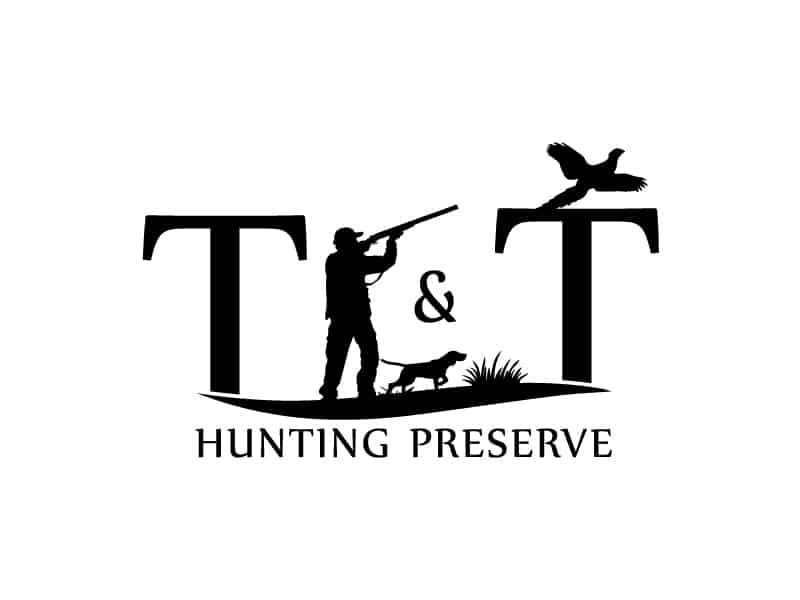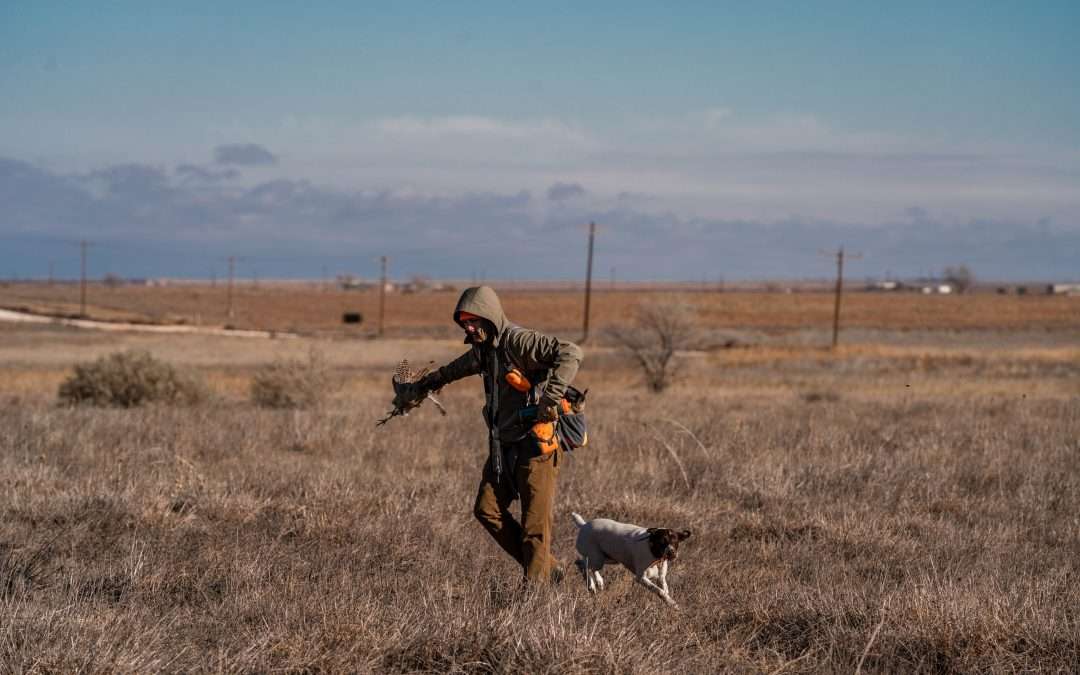Gun dog training is a rewarding journey that transforms a spirited pup into a skilled and reliable hunting partner. At T&T Game Birds, we understand the dedication and patience required to cultivate a proficient gun dog. Whether you’re a seasoned trainer or a novice, our comprehensive guide will help you navigate the essential steps of gun dog training.
1. Start with Basic Obedience
Before introducing your dog to the complexities of hunting, it’s crucial to establish a foundation of basic obedience. Commands like “sit,” “stay,” “come,” and “heel” are essential. Consistent training sessions, positive reinforcement, and patience will ensure your dog understands and obeys these fundamental commands.
2. Socialization is Key
Expose your dog to various environments, people, and other animals. Socialization helps reduce anxiety and ensures your dog remains calm and focused in different situations. A well-socialized dog is more adaptable and confident, which is crucial during hunts.
3. Introduce the Gun Early
Acclimating your dog to the sound of gunfire should be done gradually to avoid fear or anxiety. Start with distant gunshots and gradually decrease the distance as your dog becomes more comfortable. Positive reinforcement and associating the sound with something enjoyable, like playtime or treats, can help ease the process.
4. Retrieve Training
Retrieving is a fundamental skill for gun dogs. Begin with simple fetch games using a favorite toy or dummy. Gradually introduce more challenging retrieves, varying distances and obstacles. Use commands like “fetch” and “bring it here” consistently, rewarding successful retrieves.
5. Water Introduction
If you plan to hunt waterfowl, introduce your dog to water early. Start with shallow, calm waters and gradually move to deeper areas. Ensure the experience is positive and fun, using toys and treats to encourage your dog. Confidence in water is essential for a proficient gun dog.
6. Scent Training
Gun dogs must rely on their keen sense of smell to locate game. Begin scent training by using game-scented dummies or wings. Hide these items and encourage your dog to find them using commands like “find it” or “seek.” Gradually increase the difficulty by varying hiding spots and using more challenging scents.
7. Steadiness and Patience
A successful gun dog must be steady and patient. Train your dog to remain still and quiet until given the command to retrieve. Practice with distractions and varying wait times to build your dog’s patience and focus. This discipline ensures your dog will not prematurely break or become overly excited during hunts.
8. Field Training
Simulate real hunting scenarios in a controlled environment. Use live birds to teach your dog to flush, point, or retrieve as required. Field training helps your dog apply their skills in a realistic setting, preparing them for actual hunts.
9. Consistent Reinforcement
Consistency is key in gun dog training. Regular training sessions, ongoing reinforcement of commands, and maintaining a structured routine will solidify your dog’s skills and behavior. Remember to be patient and persistent, celebrating small victories along the way.
10. Professional Guidance
Consider seeking professional training or attending a gun dog training course. Experienced trainers can provide valuable insights, advanced techniques, and personalized guidance to enhance your dog’s training.
At T&T Game Birds, we believe in the importance of a well-trained gun dog for a successful and enjoyable hunting experience. With dedication, patience, and the right approach, you can develop a loyal and skilled hunting partner. Happy training, and may your future hunts be fruitful!

